Discovering a city through its food and crafts inevitably brings you to some very special places. Within a few hours of landing in New Delhi, I met up with my godson Charlie and we went off to discover a part of the city called Hauz Khas village. When we arrived at 10:30 am, the streets were baron and the posh shops were still well hidden behind sheets of metal protection. My first thought was “why did we come here?” Garbage littered the potholed streets, cement crumbled from the leaning walls and mangled electrical wires played havoc with everyone’s electricity. Where were those trendy art galleries and cozy cafés?
I am not easily deterred so off we marched down the main road to see what we could discover. To my amazement, we crossed through a dilapidated fenced wall into a pristine medieval stone arcade where a tomb, mosque and turquoise blue reservoir awaited us.
As Charlie and I searched through the various domed stone buildings from a past era, we could not help but be attracted to the water’s edge. “Finally some life” I mumbled as we witnessed the screams of delight from cricket mad kids playing side by side with the screeching peacocks and wing waving waddling ducks.
As we left the inner sanctum of the medieval village, we padded down through darkened narrow lanes filled with a mix of bleating goats, piles of decaying garbage and families hurrying to get their day started. I had very little expectations of finding much in these back alleys until we ran into Tattva.
An adorable art and fresh organic restaurant where tables are recycled metal window guards and veggie boxes are available on order.
As I chatted with the owner, Aniradha, a serene and soft-spoken woman, I discovered that she is only one of a handful of organic restaurants in Delhi.
Sadly, the restaurant was not yet open but she did allow us to wander through her small café to admire the various art mediums for sale on her walls. After checking out her menu, I concluded that she has no doubt found a comfortable niche with the expat community. Her offer of fresh organic veggie boxes also extended into breads, meats, European cheese and ready-made meals.
When asked if she recycles, she admitted to not only recycling what little rubbish she did create but the café also collects her kitchen greens to return to the organic farmers to create compost. Her take-away containers are also fully sustainable since they are made of sugar cane and wheat waste. A true circle of life even in a place like Delhi!
As we wandered on from Tattva, we discovered another gem called Creative Bee. This small storefront is a true achievement of sustainable business and social enterprise. This business is made up of a network of over 400 weavers throughout India who have helped revive the traditional arts of hand block printing, hand-painted Kalamkari and weaving.
All the dyes are derived from nature and are made by hand without the use of electricity. This South Delhi store had quite the selection of fabrics, scarves and stoles that were introduced to me by Priyanka Dubey, a heartwarming designer and store manager full of goodwill and helpful ideas. This is one of a few Creative Bee stores found across India’s larger cities.
What I learned about walking though Hauz Klaus is that what you see is not necessarily what you get. At first glance, the decaying streets with hanging wires and faded peeling paint is but a façade for a thriving culture of sustainable art and culture beating to its own drum in this small ghetto. A must see for all, especially at night when restaurants and stores come alive.
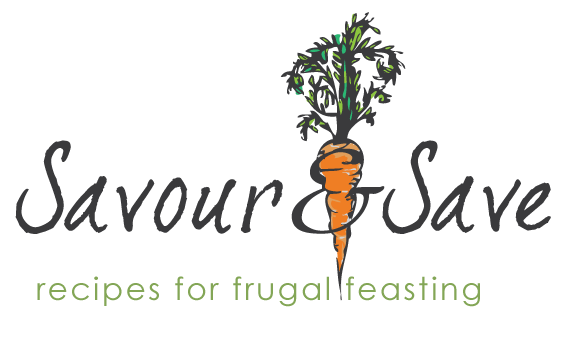
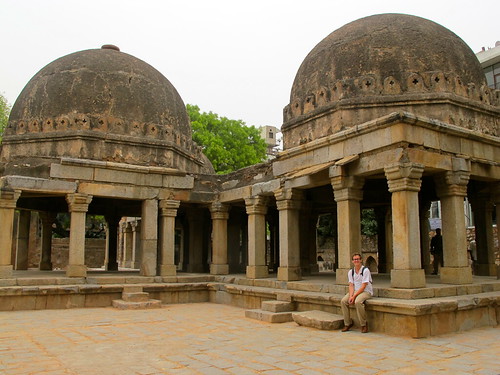

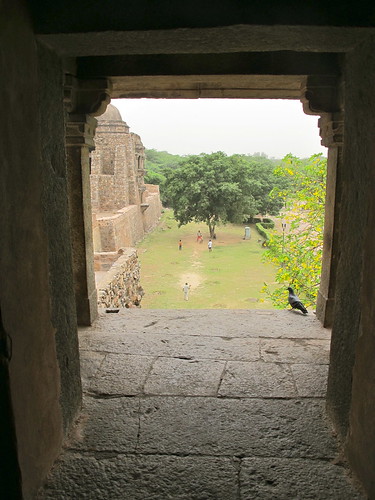
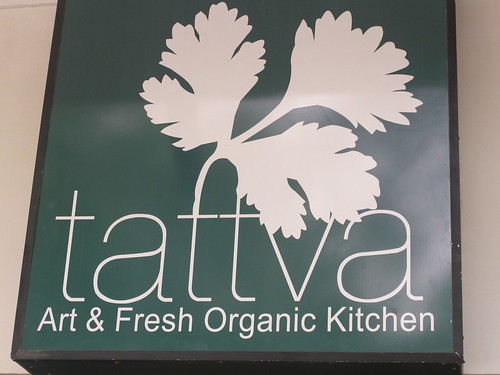
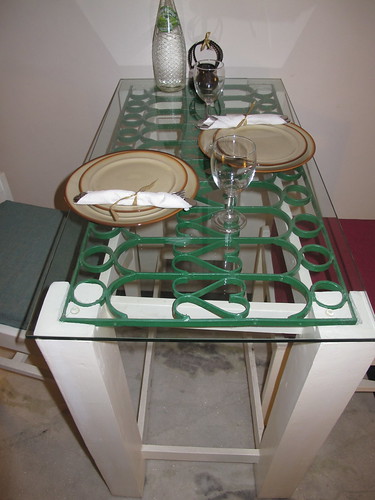

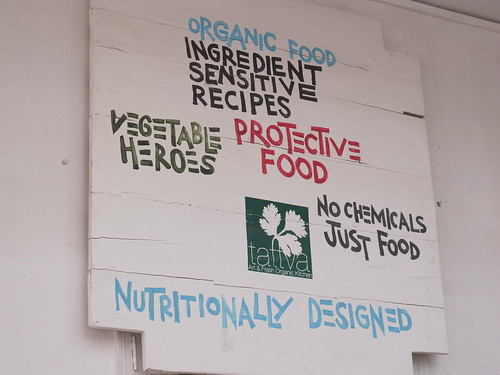

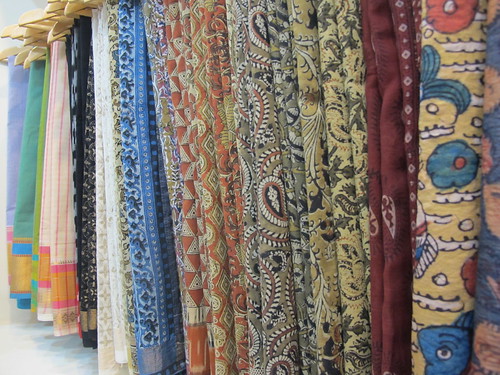
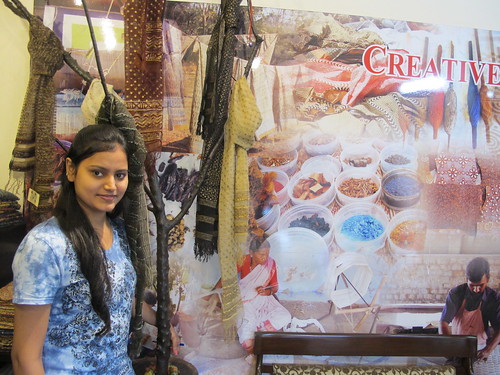
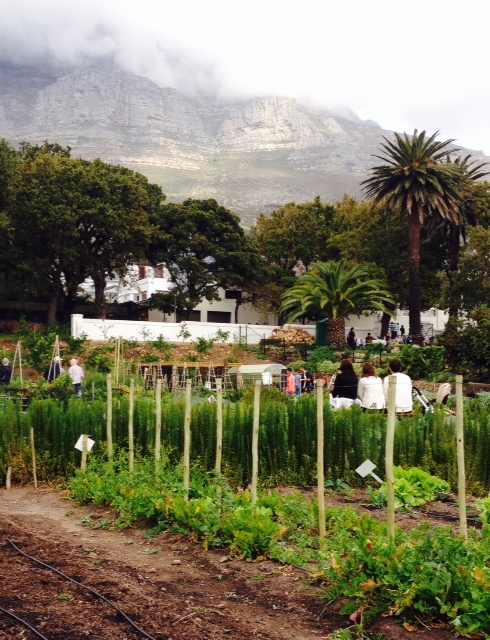
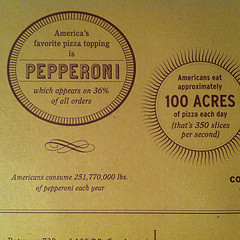
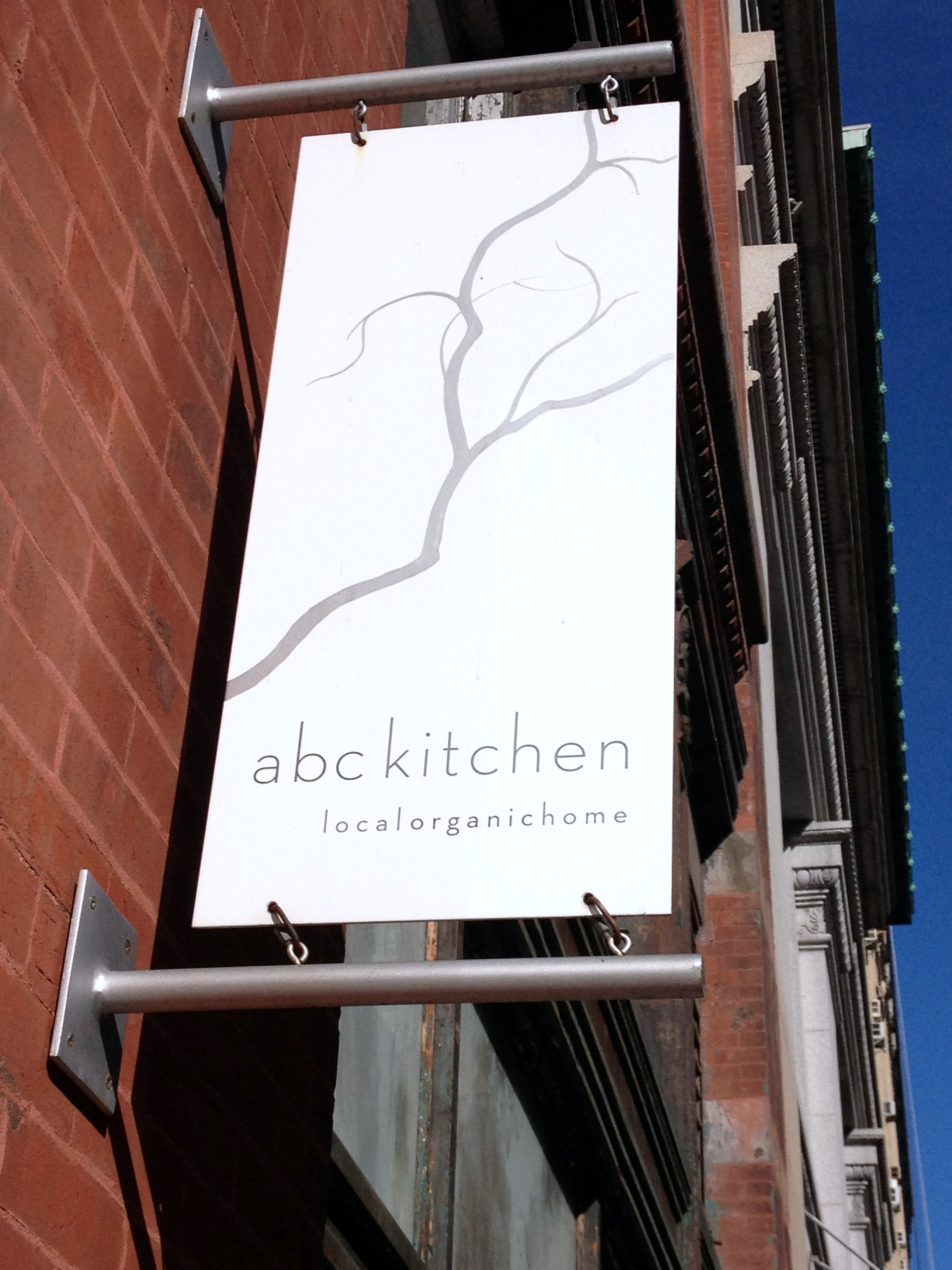
No Comments